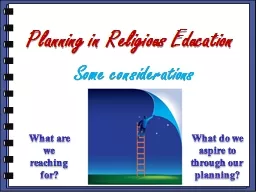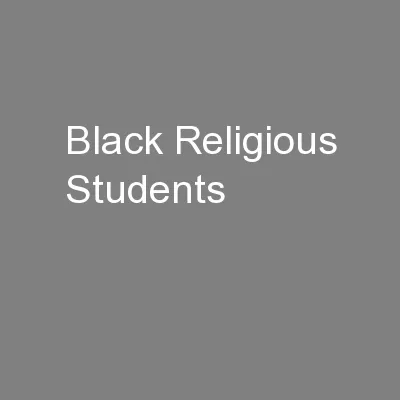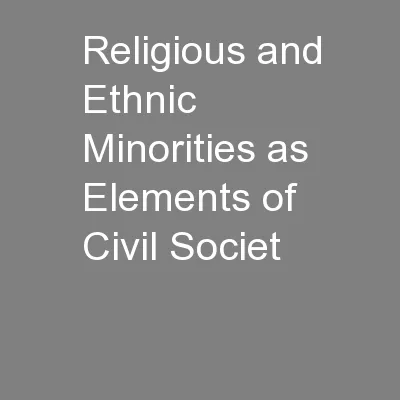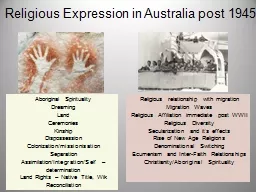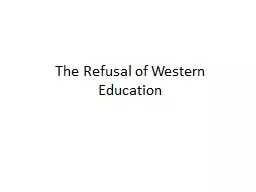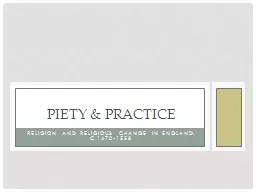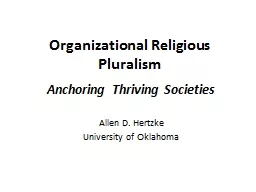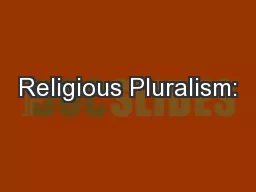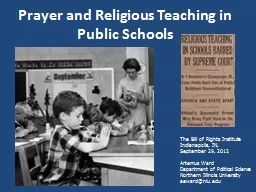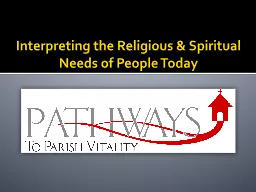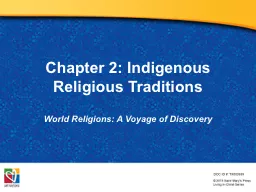PPT-Planning in Religious Education
Author : sherrill-nordquist | Published Date : 2016-05-15
Some considerations What are we reaching for What do we aspire to through our planning Who are the students I teach Class context What do I need to take into account
Presentation Embed Code
Download Presentation
Download Presentation The PPT/PDF document "Planning in Religious Education" is the property of its rightful owner. Permission is granted to download and print the materials on this website for personal, non-commercial use only, and to display it on your personal computer provided you do not modify the materials and that you retain all copyright notices contained in the materials. By downloading content from our website, you accept the terms of this agreement.
Planning in Religious Education: Transcript
Download Rules Of Document
"Planning in Religious Education"The content belongs to its owner. You may download and print it for personal use, without modification, and keep all copyright notices. By downloading, you agree to these terms.
Related Documents

